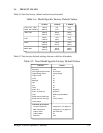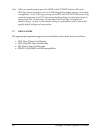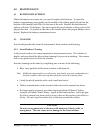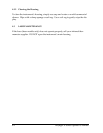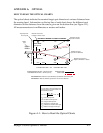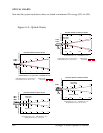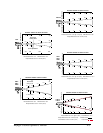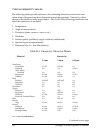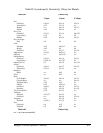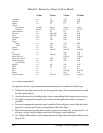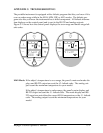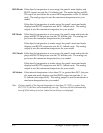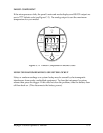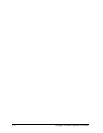
Raynger 3i Series Operator’s Manual B-1
APPENDIX B: OBJECT EMISSIVITY
HOW TO DETERMINE OBJECT EMISSIVITY
Emissivity is a measure of an object’s ability to absorb, transmit, and emit infrared
energy. It can have a value from 0.0 (perfect mirror) to 1.0 (blackbody). When setting
the emissivity value on your sensor, if you set a higher than actual emissivity value,
the output will read low (provided the target temperature is above the local’s ambient
temperature). For example, if you set 0.95 and the actual target emissivity is 0.9, the
sensor’s reading will be lower than the target’s true temperature (when the target
temperature is above ambient).
To determine an object’s emissivity, you can use any one of the following methods:
1. Determine the actual temperature of the object using a sensor such as a Resistance
Temperature Device (RTD), thermocouple, or another suitable method. Next, use
your portable sensor to measure the object temperature and adjust the emissivity
setting until it shows the actual temperature. This is the correct emissivity for the
measured material.
2. For objects with relatively low temperatures, up to 260°C ( 500°F), place a piece of
tape, such as masking, on the object. Make sure the tape is large enough for the-
measurement spot diameter. You do not want the spot to go beyond the tape’s
edges. Next, measure the tape temperature using an emissivity setting of 0.95.
Finally, measure an adjacent area on the object and adjust the emissivity setting
until you reach the same temperature. This is the correct emissivity for the mea-
sured material.
3. If a portion of the surface of the object can be coated, use a flat black paint. Next,
measure the painted area using an emissivity setting of 0.93. Finally, measure an
adjacent area on the object and adjust the emissivity setting until you reach the
same temperature. This is the correct emissivity for the measured material.



